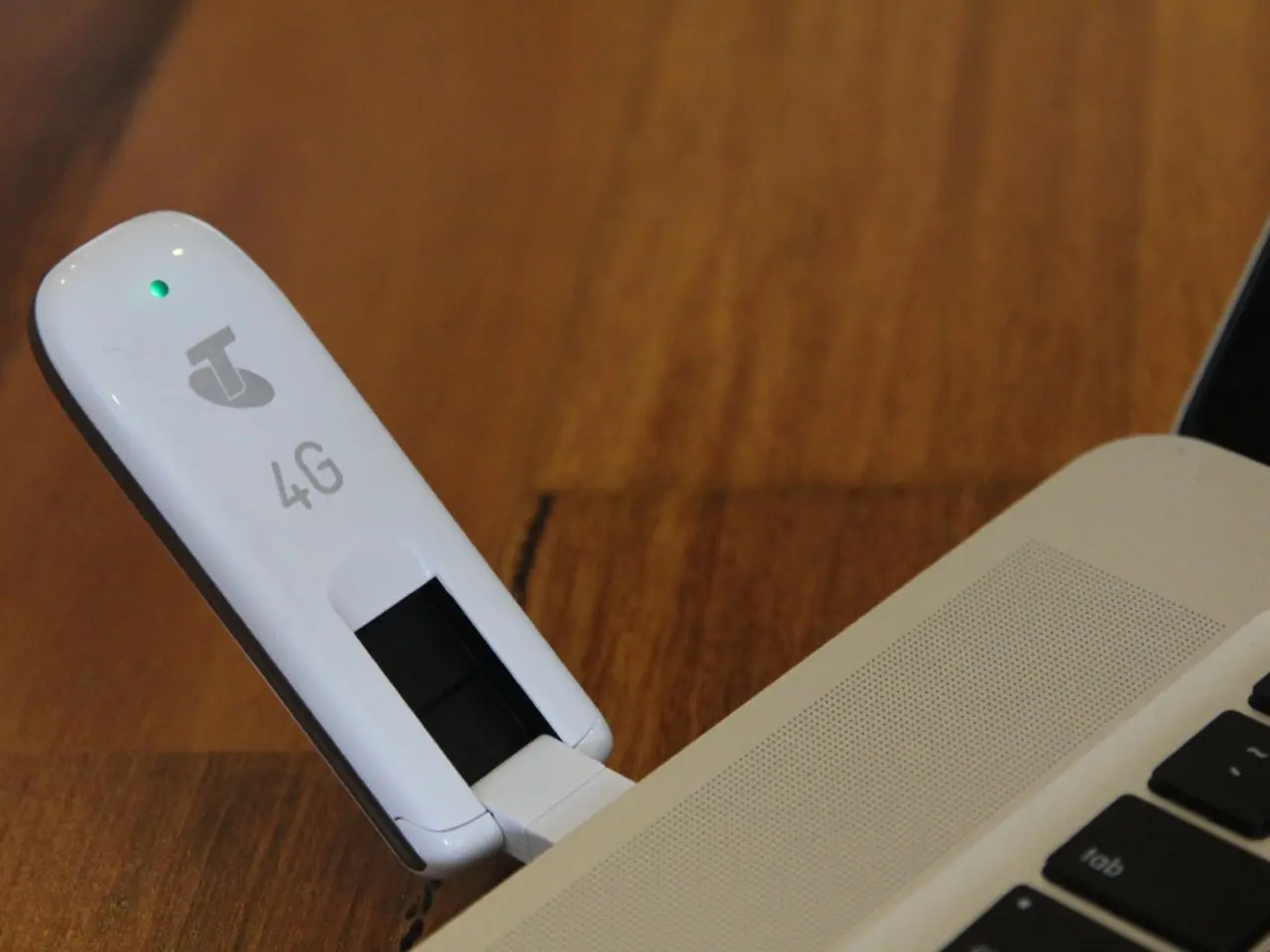Essential Insights into Meta's Augmented Reality Specs
The Ray-Ban Meta Advanced Smart Glasses are making waves in the tech world, and their potential applications in an educational setting are intriguing. Here's a look at some of the features that make these glasses a possible asset for students and educators alike.
Hands-free photography and videography
Equipped with a 12MP camera and the ability to record 1080p video, the Ray-Ban Meta Glasses allow users to capture images and footage effortlessly, making documenting experiments, projects, or field trips a breeze 1.
Real-time live streaming
Users can broadcast live first-person video directly to social media platforms like Facebook and Instagram, enabling remote participants to join lessons or presentations as they happen 3.
Voice-controlled AI assistant
The integrated Meta AI responds to voice commands, making it easy for users to take photos, record videos, ask questions, identify objects, and pull information about landmarks or places 3. This voice-controlled AI assistant can also translate text in real time, aiding interactive learning and language studies.
Live translation and visual assistance
Features like live translation anywhere and Meta’s “Live AI” can provide real-time help with visual recognition, while services like “Be My Eyes” enable users needing assistance to call volunteers through the glasses, enhancing accessibility 5.
Integration with apps and messaging
The glasses support hands-free responses to Instagram DMs and video calls, facilitating quick communication or collaboration without interrupting classroom activities 5.
Turn-by-turn audio navigation
Linked with Google Maps via the Meta AI app, the glasses can provide discreet audio directions, useful for outdoor educational activities or campus navigation 5.
Audio-based augmented reality (AR)
Although the Ray-Ban Meta glasses do not have visual AR displays, they provide audio AR experiences that deliver contextual information and notifications without distracting from the real world, supporting focused learning environments 1.
Privacy and security controls
Physical switches to disable cameras and microphones ensure privacy during sensitive educational moments, and firmware updates can introduce new educational tools or language capabilities over time 1.
In summary, the Ray-Ban Meta Advanced Smart Glasses bring hands-free audiovisual capture, intelligent real-time assistance, live communication features, and contextual audio AR—all of which can enhance interactive learning, remote participation, accessibility, and practical fieldwork in education settings. However, they currently lack visual AR displays, focusing instead on lightweight design and audio interaction 15.
While these glasses may not be suitable for a classroom environment due to potential privacy concerns, distractions, and noticeable features, they offer a promising future for technology in education. As the technology evolves, we can expect to see even more innovative applications of smart glasses in the classroom.
- The innovative Ray-Ban Meta Glasses, with hands-free photography and videography capabilities, can easily capture images and footage during experiments, projects, or field trips in a school setting.
- The built-in Meta AI responds to voice commands, aiding students in taking photos, recording videos, and asking questions while learning, as well as translating text in real time for interactive language studies.
- Live translation and visual assistance features can help students with real-time visual recognition and enhance accessibility through services like "Be My Eyes."
- While smart-home devices like the Ray-Ban Meta Glasses do not currently have visual AR displays, they provide contextual audio AR experiences that deliver information and notifications without distracting students from their tasks.




